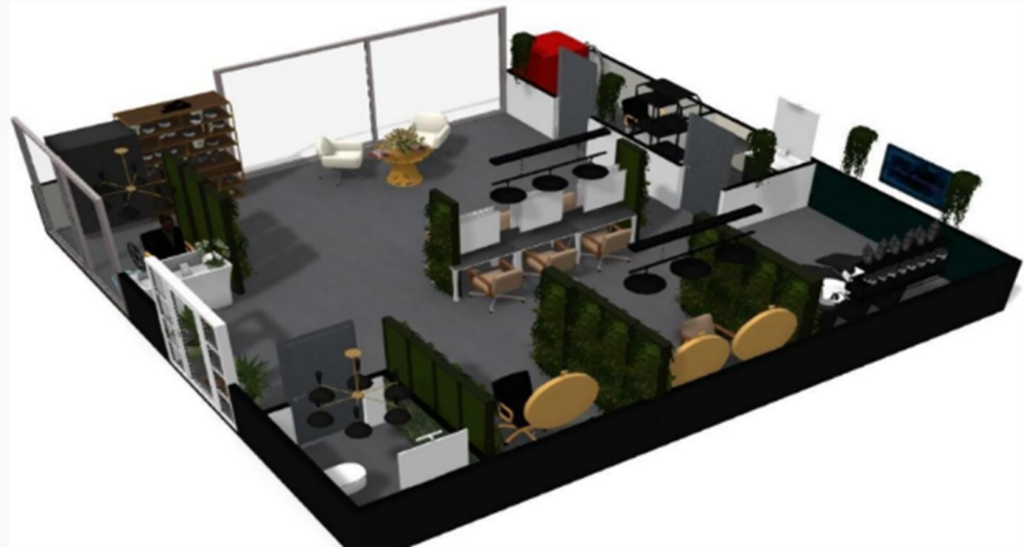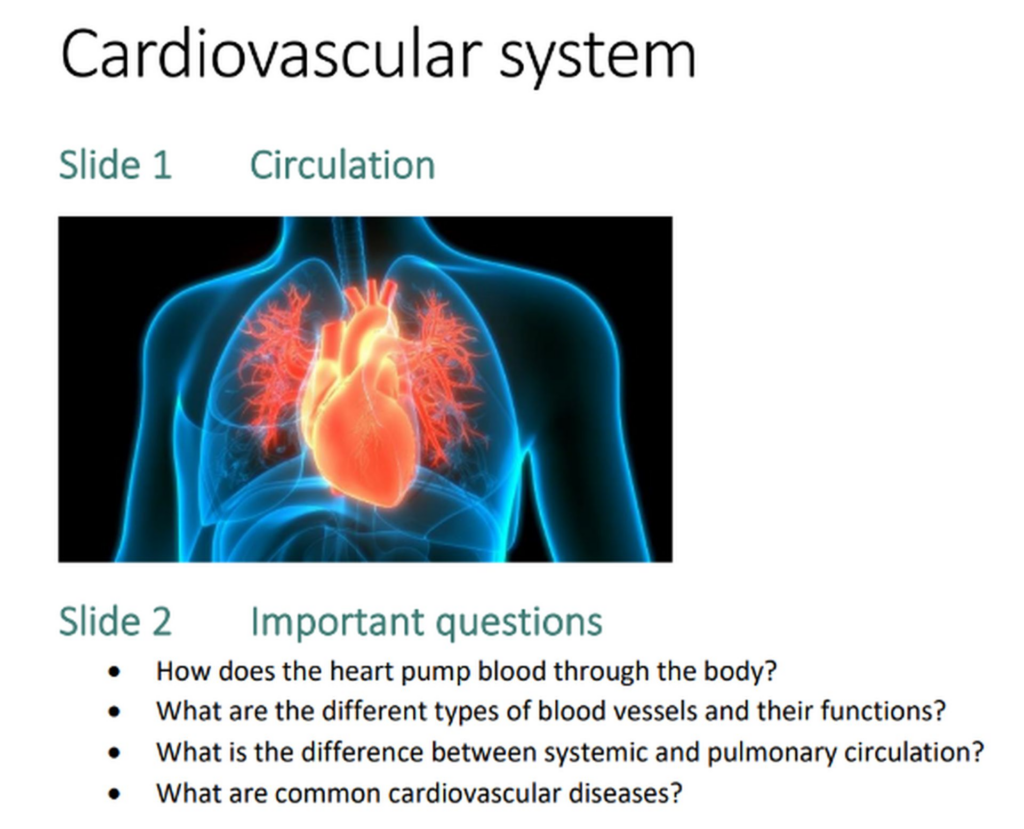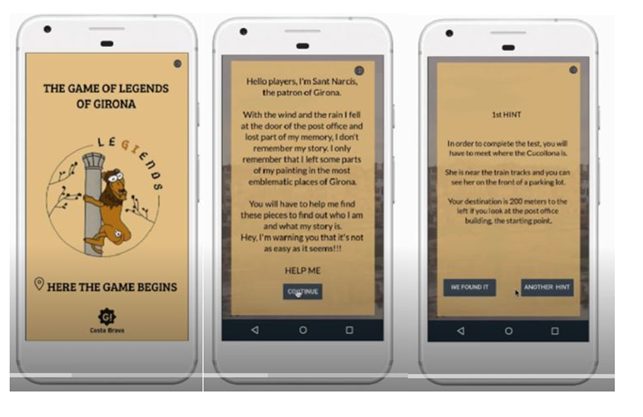Digital transformation in the Vocational Education and Training (VET) sector demands new skills and competencies from VET teachers, such as rethinking their teaching methods and digitalizing their learning resources. However, finding suitable, innovative, and engaging online learning materials for some VET fields can be challenging, as we discovered in our analysis survey conducted in the Smooth Hybrid and Online Working for VET (Show-VET) project. This revelation prompted us to explore different digital tools and a mentoring process to support VET teachers in creating suitable digital learning materials for their specific vocational fields.
Online learning materials created in the mentoring process
We used peer mentoring as a pedagogical tool to support the professional digital development of VET teachers. Peer mentoring is a form of social learning where experienced individuals share their knowledge and advice with less experienced peers. Peer mentoring can promote collaboration skills, personal growth, and professional growth by learning from each other (Murrell et al., 2021).
In the Show-VET project, we used one-to-one and group peer-mentoring processes, accommodating the existing organisational processes in each partner country. Each VET organisation had two to four mentors who helped their mentees create suitable online learning materials on their specific professional fields. In total, we had 16 mentors and 42 mentees from five different VET organisations in four European countries. They worked together for about six months to create new online learning materials for their specific professional fields. On this article we demonstrate some examples of the online learning materials they created.
3D modelling, videos and games
Some of the online learning materials used 3D modelling to create realistic and immersive learning environments. For example, students in the Health and Beauty department in Italy used the Home by Me app to design their own beauty salon (see picture 1). They also used Canva to create business cards, a price list, and a promotional poster for their own entrepreneurial activities. Their teachers explained that the students enjoyed these new learning activities and participated actively in the lessons.
Another example of 3D modelling was used in the nursing education in the Netherlands. The teachers used the Nearpod app to create online earning material on the cardiovascular system. The students could study the cardiovascular process in a real life-like context by moving inside the human body (see picture 2).


Videos were also used effectively as online learning materials in different fields. For instance, in the field of Mechanical Engineering in Finland, a video was created where the students played the roles of the main characters on Safety Walk in one of the buildings at a VET college. The video is now a compulsory learning material, as all students have to watch it and pass a quiz in Moodle before they can start working in the workshops.
In the Animal Care education in Finland, students created and implemented a one-week enrichment program for dogs using the videos offered by the teacher. They submitted their assignment with the videos and/or photos on Itslearning system. Also, in the field of Tourism in Finland, the students used videos to learn how to make campfire and boil coffee as a preparation to serve the customers.
Gamification was another digital method used to create online learning materials for tourism in Spain. The students created a game of a small village in Spain to study its different historical sights and potentially attract visitors. The idea of the game was to get to different locations and find out about their history and culture. (see picture 3)

Challenges and support
VET teachers in the Show-VET project wanted to improve the quality and variety of their online learning materials. They explored different digital tools that could create engaging and effective learning experiences for VET students. But they also faced some challenges and limitations that needed to be overcome.
One of the challenges was to find and use the right digital tools for different vocational contexts. This was not easy, as it required a lot of time and effort from the teachers and support from the VET organisations. In the project, we tried out and evaluated various digital tools, such as interactive videos, virtual reality, gamification, and chatbots, and see how they fit into the existing curricula and learning platforms.
Another challenge was to measure the quality and effectiveness of the digital tools. Teachers had to check how well the digital tools helped their students achieve the learning goals and outcomes of the VET courses, and to consider varied learning needs of the students. Additionally, it was made sure that the digital tools made learning experiences more fun and motivating for the students and did not cause any confusion or frustration.
A final challenge was to deal with the data protection and security issues that came with using the digital tools. In the project, we had to follow the rules and regulations that applied to the use and storage of personal and sensitive data. We also had to ensure that the privacy and safety of the users and the data were not compromised by any malicious or unauthorized access.
The Show-VET project showed us that digital transformation is possible and beneficial for VET, but it requires careful planning and implementation. We learned a lot from our experiences and wanted to share some examples of the online learning materials created in the Show-VET project. We hope that these examples can inspire other VET teachers and students to create their own engaging and effective online learning materials for VET.
Read more about project
For more information, visit the projects website https://showvetproject.eu/en/
